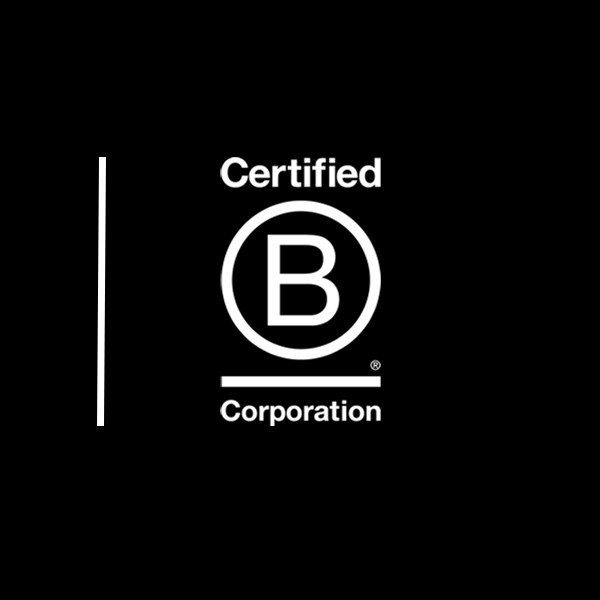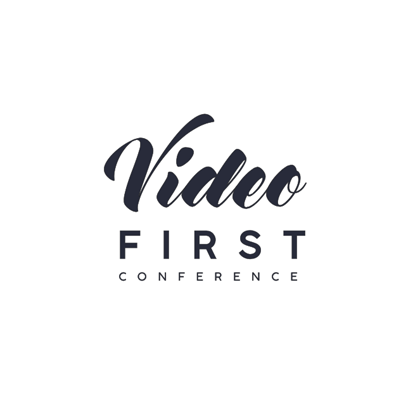With fast moving advances in video production new technologies are coming into mainstream use, helping communication teams to engage with their audience in evolving and exciting ways.
Published: March 2017
We’re keen to keep up-to-date with new trends so here’s an overview of a few technologies we’ve been experimenting with and delivering for clients over the past few months.
360° VIDEO
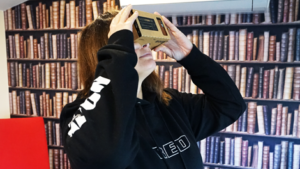
Smartphone used with Cardboard
Over the last few years a number of special cameras have come to market that allow us to immerse the viewer in a 360° environment. Viewers can access 360° Video content, not just with headsets such as the Oculus Rift, Samsung Gear VR, Vive and various Microsoft Headset manufacturers, but also on Android and iOS smartphones.
Apple and Samsung mobile phones have the hardware required to be coupled up with a cardboard headset and used to watch content. Equally you can use a mobile without a headset, either moving the phone around, or using your finger to move the camera.
The ultimate question for the producer is how best to use this technology? Two years ago we attended the International Sheffield DocFest, where a new exhibition called ‘Augmented Reality’ sat alongside the mainstream documentary festival. It was insightful to see how documentary film-makers were using these cameras to tell their stories, creating self-authored films but with a visual narrative that presented the viewer with choices as to which direction they wish to look.
Platform wise, YouTube, Facebook Video and Vimeo all have the ability to host and stream 360 Video content, accessible not only on mobile apps, but also in Chrome, Firefox, MS Edge and Opera on desktop.
VIRTUAL REALITY (VR)
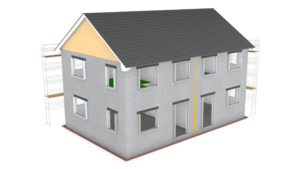
H+H Thin-Joint Animation
For many years it’s been possible to create complete artificial environments, whether it be for gaming or commercial applications such as 3D architects visualisations. With the increasing use of interactive environments it’s up to the viewer how they navigate the space. The NHS is using it to model hospitals and explore the best geographic layout for navigation; it offers huge potential to model limitless options across construction and healthcare.
AUGMENTED REALITY (AR)
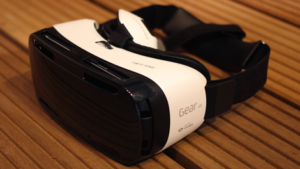
Samsung Gear VR Photo Credit: Pestoverde
This is the use of live data – digital information combined with the viewer’s environment in real time. Without realising it, augmented reality is already playing a major part in day-to-day life. For example, the heads-up dashboard display in modern cars. Drivers can see live information about the performance and status of the car, such as speed, fuel levels, doors etc. This information is displayed on the dashboard screen. That’s AR.
PERSONALISATION

London Marathon | Stephen Fry
Big data enables advertisers to profile their ideal customer by cross-referencing people’s online browsing and shopping habits. This information can be interpolated to pull out specific fields such as name and location for example.
Personalised video allows creatives to insert this personal information into scenes within the video. So, for example, to add a person’s name to an opening shot greeting them, or being used to thank people for sponsoring them, as happened with Stephen Fry’s video message, thanking people for sponsoring entrants in the London Marathon recently.
HOW CAN NEW TECHNOLOGY TELL MY STORY?
It’s all very well having new toys to play with, but ultimately it comes down to using the right solution to engage with your customers. It’s not just about impressing them with a memorable experience but more about creating something they’ll share with their network.
None of these technologies are mutually exclusive. For example, if you wanted to give a viewer the ability to choose what they watch in a 360 Video, we can integrate ‘hot spots’, authored within the content. These menu options at structured story points allow the viewer to make a choice on what they’d like to see next, thereby creating an interactive tour. These ideas and technologies are not mutually exclusive and can be applied to content across many business to consumer and business to business sectors.


